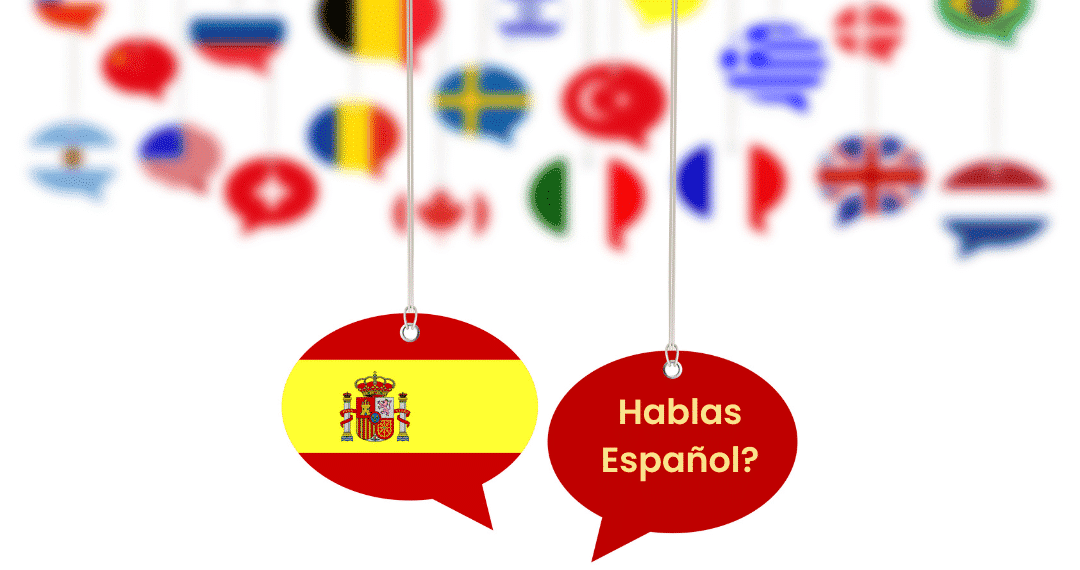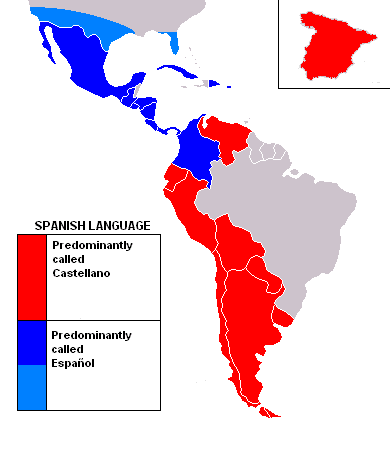Spanish, sometimes known as Castilian, is an Iberian Romance language.
People from Spain often refer to this language as Español when comparing it to languages from other countries (such as French and English), but they refer to it as Castellano (Castilian, from the Castile region) when comparing it to other languages spoken in Spain (such as Galician, Basque, and Catalan).
Castellano, as opposed to the other Spanish languages, is how the 1978 Constitution of Spain designates the official language of the entire nation (lit. the other Spanish languages).
With over 500 million speakers around the world, Spanish is the second most spoken language, just after Mandarin Chinese. Spanish is spoken by around 8% of people worldwide, according to Spain’s Cervantes Institute.
Spanish is the official language of Spain in Europe, 18 American states, the Commonwealth of Puerto Rico, and Equatorial Guinea in Africa.
With 114 million speakers, Mexico has the largest Spanish-speaking population. The second-largest Spanish-speaking nation in the world is the United States, which has 45 million native Spanish speakers.
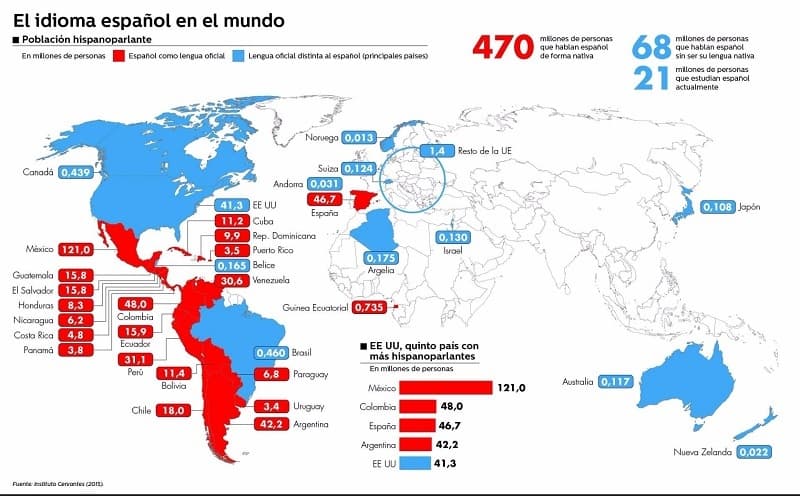
Also read : Professional document translation services.
Here are 10 interesting facts about Spanish
1. Spanish is a romance language derived from vulgar Latin
Many Arabic words were absorbed into Spanish as a result of the Muslim rule in Spain throughout the Middle Ages. As a result of the Reconquista, Spanish gained popularity and took over as the primary language on the Iberian peninsula.
The Spanish language then continued to grow as Spain’s colonial empire, which was centred on America, grew, adding numerous Amerindian words at the same time.

Also read: 10 Reasons Why Arabic Is An Incredibly Interesting Language
2. Arabic has a big influence on the Spanish language
Arabic terms were blended with Spanish vocabulary throughout the long period of Arab sovereignty over Spain (711–1492). Approximately 4000 words in Spanish have Arabic roots. This makes up 8% of the Spanish dictionary.
Spanish and Arabic largely share vocabulary similarities. The use of Arabic in Spanish began in the Middle Ages and eventually decreased. Some Arabic words are also often used in everyday speech.
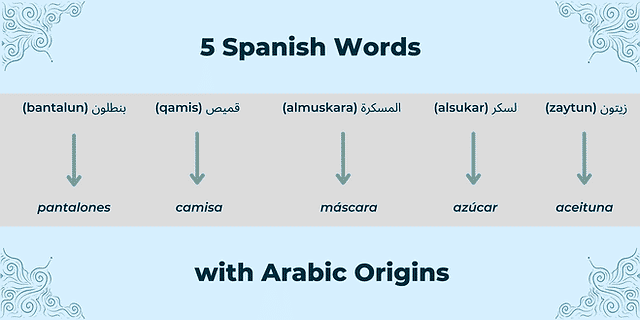
3. You might even be speaking Spanish without even knowing it
Due to the over 3000 words that are similar between English and Spanish, English speakers may be able to understand a good deal of Spanish terminology. Words like “attention” or “sensation”—basically every word that ends in “-tion”—often have Spanish equivalents that end in the corresponding suffix “-ción,” such as atención and sensación.
But the story doesn’t end there—many words that have already been thoroughly ingrained in the English lexicon, originated in Spain. Words like “cafeteria,” “canyon,” “crusade,” “hurricane,” “patio,” “ranch,” and “rodeo,” which were introduced by conquistadors and Iberian settlers, have now completely assimilated into the anglo-saxon language.

Also read: Portuguese vs Spanish: Is Spanish Similar To Portuguese
4. The earliest Spanish texts are over a thousand years old
For a long time, it was believed that the Las Glosas Emilianenses (Glosses of Saint Emilianus), which were composed in 964 AD, were the earliest existing manuscripts in written Spanish. They are written in a sacred Latin text in Spanish and Basque.
It is assumed that the unidentified author was a monk at the Suso monastery. However, the Real Academia Espaola declared in 2010 that the first known written examples of Spanish could be found in the Burgos province’s “Cartularies of Valpuesta,” mediaeval manuscripts from the ninth century.
El Cantar del Mio Cid, an anonymous poem from the 12th century, was the first literary work entirely composed in Spanish.

5. Quixote is considered the first modern novel
A Spanish epic novel by Miguel de Cervantes, Don Quixote is also known as “El ingenioso hidalgo don Quijote de la Mancha.” Additionally, he is referred to as the “Father of Spanish Literature.”
One of the finest works ever written, it is frequently referred to as the first modern novel and a fundamental piece of contemporary literature. In addition, it is among the books that have been translated the most.
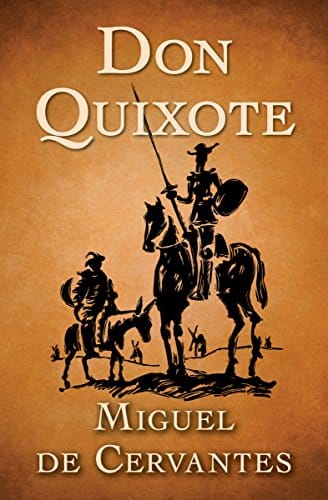
Since 1926, the 23rd of April has been recognised as International Spanish Language Day or Día Mundial del Idioma Español. On this day in history, Miguel de Cervantes Saavedra passed away.
Also read: The Prevalence Of Spanish Language Within The US
Connect With Spanish Speaking Customers In Their Language
Milestone helps you seamlessly translate content & localize your website, products, services, and more in 70+ languages. Get in touch with us for a special discount.
6. Spanish grammar was first published in 1492
Remember when Columbus discovered America? It was back in 1492 that the first Spanish grammar was published by Elio Antonio de Nebrija.

7. The Royal Spanish Academy is “in charge” of the language
Officially, the curator of the Spanish language is the Royal Spanish Academy. It has its headquarters in Madrid and runs numerous language institutes throughout the 21 other Spanish-speaking nations through the Association of Spanish Language Academies.
Since its founding in the eighteenth century, the Academy has produced dictionaries and grammar manuals that have been formally adopted in Spain and other Spanish-speaking nations.
The Academy takes great satisfaction in having created the use of inverted questions and exclamation marks, which are only used in Spanish. The letter ñ, which entered the alphabet in the 18th century, is another distinctive characteristic for which it is accountable.

Also read: 10 Facts You Never Knew About The Russian Language
8. Spanish uses inverted exclamation and question marks
In contrast, most other languages simply add an exclamation point or a question mark to the end of an exclamation or a question. Inverted exclamation and question marks are used in Spanish to draw attention to the exclamation or question portion of a sentence.
For example, Jose, ¿adónde vas? Jose, where are you going?

9. Spanish is poetic and has long sentences
Your text will probably grow by 15 to 25 per cent when you translate English into Spanish. It’s not because Spanish words are longer than English terms. Spanish’s greater granularity, artistic expression, and nuanced vocabulary are the causes of this increase.
Thus, it takes more words to describe something that English would probably sum up in only one word. For example, the phrase “en el sentido de las agujas del reloj” literally means “in the directions of the needles of the clock,” but in English, we would simply say “clockwise.” Spanish does not have a word for “clockwise” and has to use the aforementioned phrase!
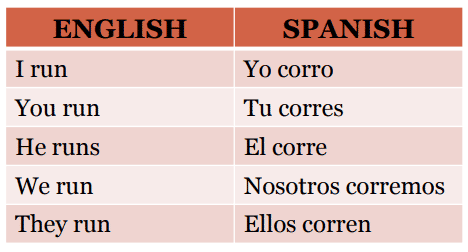
Also read: Everything About The Languages Of APAC
10. Intricacies of Spanish Grammar
In Spanish, all five vowels are present in more than 40,000 words and conjugations. They are referred to as panvocálicas or pentavocálicas. But
The -ear suffix can be used to make new verbs. Terminology for current technologies has been created in this way from English words. Examples include escanear (to scan) and tuitear (to send tweets).
Considering the three moods (indicative, subjunctive, and imperative), there are 17 tenses in Spanish.
The word “Cinco” means five in Spanish and is the only number with the same amount of letters.
Despite being part of the Spanish alphabet, the letters “K” and “W” are borrowed letters used only to respect the spelling of foreign words like “kilo,” “karate,” or “Washington,” “whisky.”
Also read: 8 Ways To Overcome Multilingual Translation Challenges As a Translator
In conclusion
Languages are always changing, taking on new dialects or accents. These in turn could evolve into different languages, and so on.
Spanish will unquestionably continue to be an integral part of the global linguistic landscape. However, due to its diversity, Spanish can be very difficult! To guarantee that there are no errors in the final translation, careful attention to even the smallest details is necessary.
Do you require assistance with translating documents from or into Spanish?
Contact us for professional translation and localization services.
Also read: Top 10 Translation Companies in the UK: How To Choose The Best One
Connect With Spanish Speaking Customers In Their Language
Milestone helps you seamlessly translate content & localize your website, products, services, and more in 70+ languages. Get in touch with us for a special discount.

